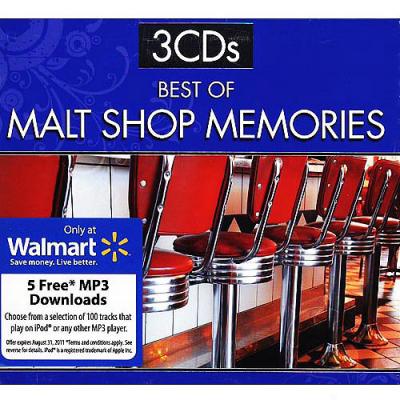

For example, the series Library of Photography of the early-1970s featured very high-quality duotone printing for its black-and-white reproductions in its original edition, and was of course able to draw on Life 's vast archive of journalistic and art photographs from virtually every major photographer Foods Of The World featured contributions by M.

The original publisher, Jerome Hardy, declared early on that the publisher would succeed through a strategy to "give the customer more than he has any right to expect." Several of these book series garnered substantial critical acclaim unusual for a mass-market mail order house. Book series Īs Time Life Books, the company gained fame as a seller of book series that would be mailed to households in monthly installments, operating as book sales clubs, and known as the direct-to-consumer business model. In 2013 Reader's Digest Association sold Time Life to Mosaic Media Investment Partners. Time Life was based in the Time Life building in Rockefeller Center. Stations the company owned were KLZ-TV- AM- FM in Denver, WFBM-TV- AM- FM in Indianapolis, WOOD-TV- AM in Grand Rapids, Michigan, KERO-TV in Bakersfield, California, and KOGO-TV- AM- FM in San Diego, many of which were sold to McGraw-Hill in 1972 however, Time Life kept WOOD-TV, which became WOTV after the sale of the other stations, and remained owned by the company until 1984. In addition to the company's film and music core activities, it was also the holding company of television and radio combo stations. or Time Inc.," who owns the Time and Life magazines, which this company name came from. By 2003 onward, a disclaimer on the copyright stated that it is "not affiliated with Time Warner Inc. In March 2007 Ripplewood led a group that took The Reader's Digest Association private and treated Time Life as a division of RDA. Since 2003, Direct Holdings US Corp is the legal name of Time Life, and is no longer owned by its former parent Time Warner, later Time Inc. operates as a leader in the sale of music and video products under the Time Life brand. and ZelnickMedia to become part of Direct Holdings Worldwide L.L.C. This company was subsequently sold off and is no longer associated with Time Life.Īt the end of 2003 Time Life was acquired by Ripplewood Holdings L.L.C.

In the mid-1990s, Time Life acquired Heartland Music, with the Heartland Music label now appearing as a brand. When record labels were no longer producing vinyl albums in 1990, Time Life transitioned to CD. Throughout the 1970s and 1980s, the selection of books, music and videos grew and was diversified into more genres. After Walter Wanger's death in 1968, its Time Life Films subsidiary also acquired his production company Walter Wanger Productions and many of its films. Starting in 1967, Time Life combined its book offerings with music collections (two to five records) and packaged them as a sturdy box set. It took its name from Time Inc.'s own cornerstone magazines, Time and Life, two of the most popular magazines of the era, but remained independent from both. Time Life was founded in 1961 as the book marketing division of Time, Incorporated.


 0 kommentar(er)
0 kommentar(er)
